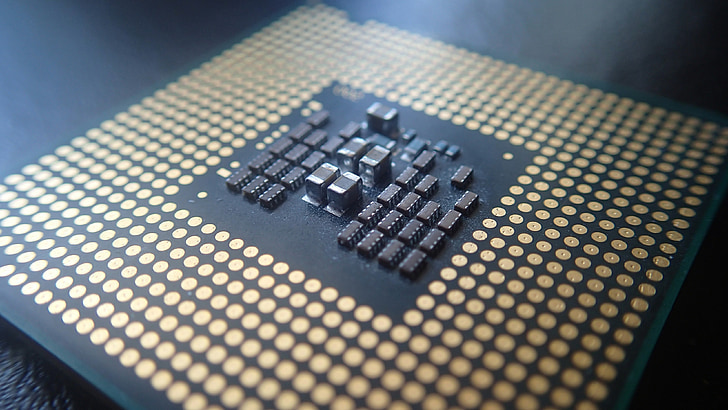
BLE devices can run on button batteries for a few years or more in certain usage scenarios because of the uA power consumption. The reason BLE has such low power consumption is because of the BLE’s special sleep mechanism. To put it simply, the BLE starts the radio at a specific time, then turns off the radio to go to sleep after a quick data transfer. Most of the radio is off during the whole life of the BLE, so the power consumption is very low.
There are six parameters that affect BLE power consumption. There are 6 parameters that affect BLE power consumption:
- Broadcast interval
When a BLE device broadcasts, it sends the same packets on three channels. These packets are called one broadcast event. The interval between two adjacent broadcast events is the broadcast interval. The broadcast gap determines the broadcast frequency of the slave device. Increasing the broadcast gap reduces the number of BLE broadcasts per unit time, thus reducing power consumption. - Connection interval
BLE After the host device is connected to the slave device, the interval for data exchange becomes the connection gap. The connection gap refers to the interaction frequency between the host device and the slave device. Similar to the broadcast gap, the power consumption can be effectively reduced by increasing the connection gap between the master and slave devices. - Delay from the device
Slave device delay is the number of BLE connection intervals in which the slave device can sleep before the connection will be terminated. When slave delay is enabled, the slave spends more time in sleep and the device can reduce power consumption. - The connection times out
The connection timeout, also called monitoring timeout, is the link monitoring timeout of an LE link. It must be an integer multiple of 10ms. - Scanning window
The scan parameter is a parameter unique to the Bluetooth host device. During each scan, the device opens the receiver to listen to the broadcast device, which is called a scan event. There are two scan parameters: scan window and scan interval. The scanning window refers to the time width of a scan, that is, the duration of the scan. The shorter the duration of the scan, the less energy will be consumed, the more power will be saved and the longer the service life will be. - Scanning interval
The scanning gap refers to the interval between the start time of two consecutive scanning Windows, which can also be understood as scanning frequency. Similarly, the lower the scanning frequency, the less energy is consumed.
As a professional manufacturer of low power Bluetooth module, Tecksay has independently developed and produced a number of BLE Bluetooth modules that have been applied to many industries. With more than ten years of industry experience, Tecksay can customize BLE embedded solutions for customers from design, project management, function customization, system development and other aspects.


